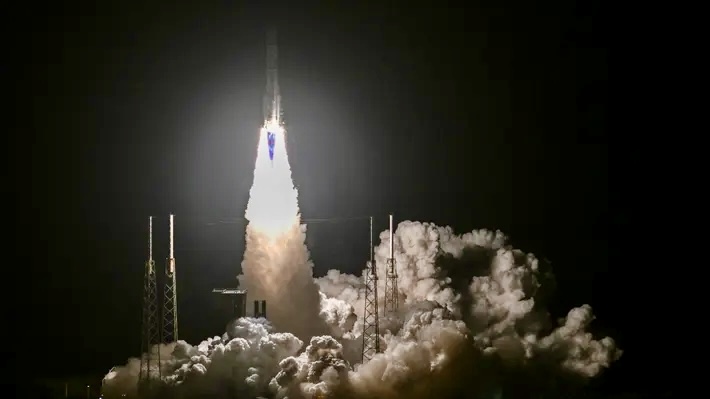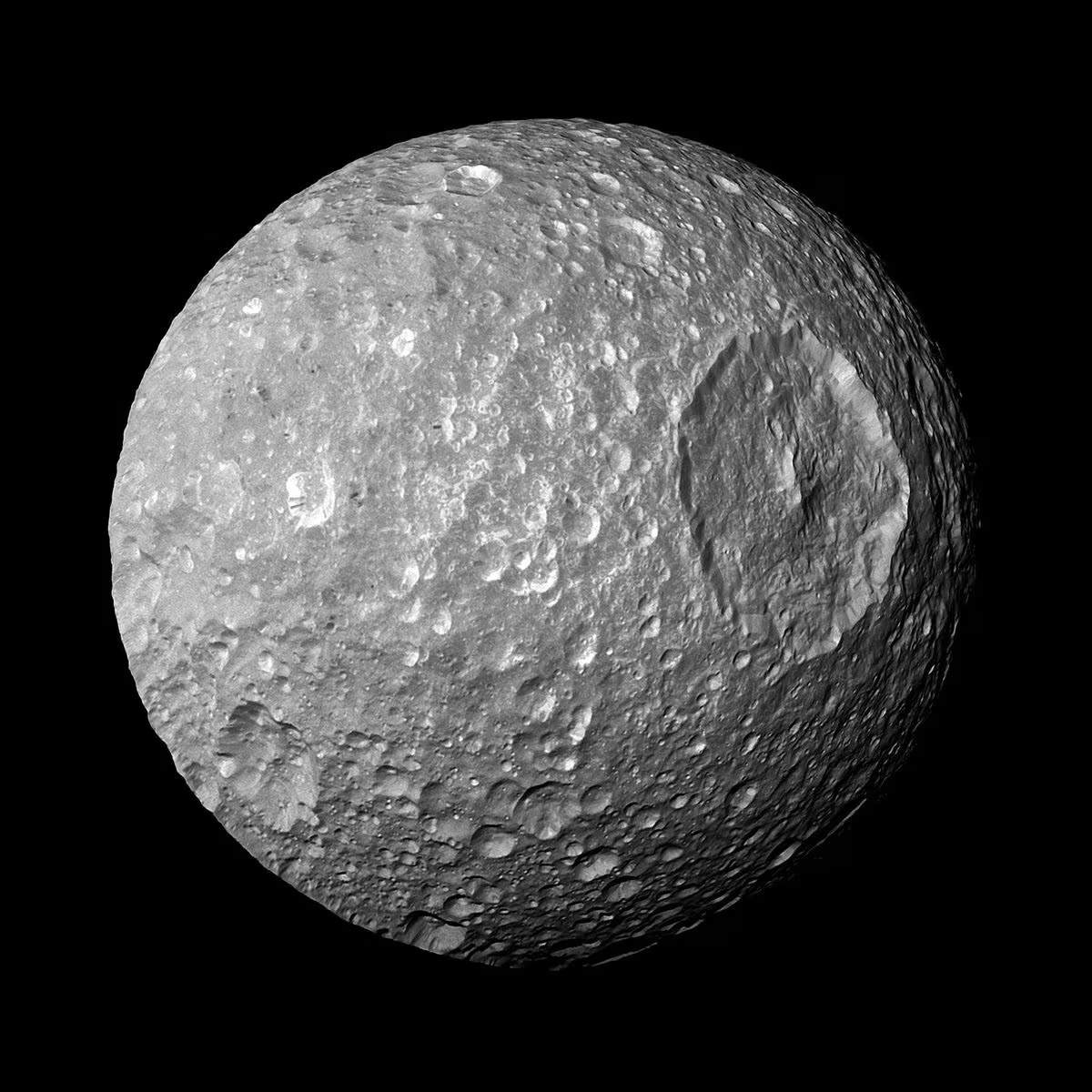Vulcan Rocket Launches Peregrine 1 In First U.S. Attempt To Land On The Moon In Over 50 Years
The U.S.’ first attempt to put a lander on the moon in more than 50 years blasted off Monday morning, with a private company successfully launching a commercial lander—containing NASA appliances—from Cape Canaveral, amid a reignited global race to explore the lunar surface.
A towering new rocket has taken flight, carrying what could be the first commercial lander to touch down on the moon — and the first lunar landing mission to launch from the United States since 1972.
The Vulcan Centaur rocket, a never-before-flown model developed by United Launch Alliance, a joint venture by Boeing and Lockheed Martin, roared to life at Cape Canaveral Space Force Station in Florida at 2:18 a.m. ET Monday. The launch vehicle soared through space for nearly an hour, expending its fuel as it ripped away from Earth’s gravity and sent the lunar lander, called Peregrine, on its way to the moon.
Just after 3 a.m. ET, the Peregrine spacecraft separated from the rocket and began its slow journey to the lunar surface. If all goes according to plan, the lander could touch down on the moon on February 23.
KEY BACKGROUND
The Peregrine 1 mission launch follows several moon landings and attempts in 2023. In August last year, India became the fourth country to pull off a successful moon landing with its Chandrayaan-3 moonshot. The Indian mission was also the first successful landing to take place near the lunar south pole. Russian spacecraft Luna-25 also attempted a landing in August, but the mission failed after the spacecraft crashed. In September, Japan launched its lunar lander—Smart Lander for Investigating Moon (SLIM)—that is expected to touch down on the moon’s surface sometime later this month. (CNN)





